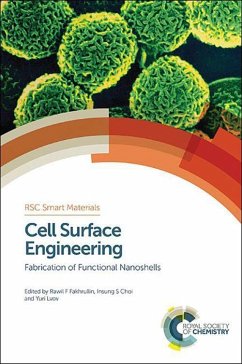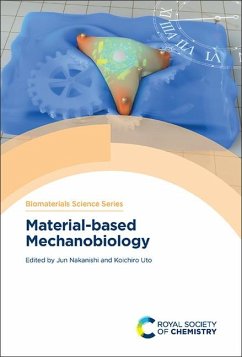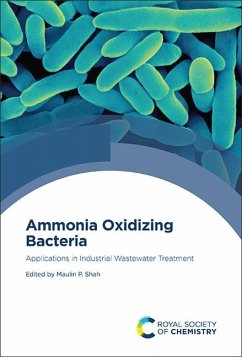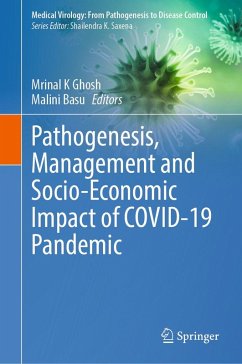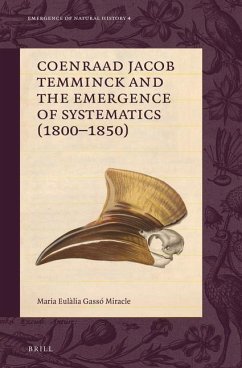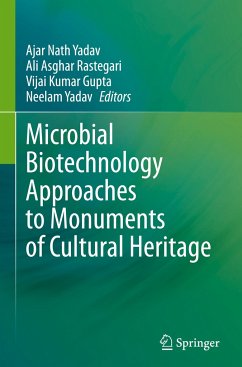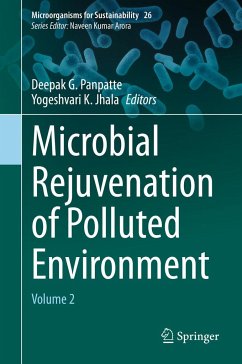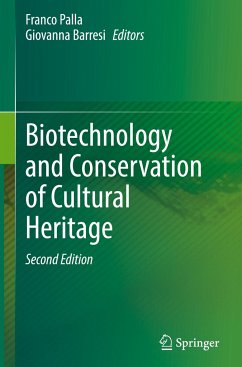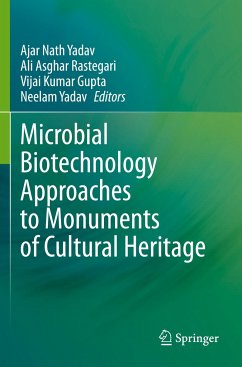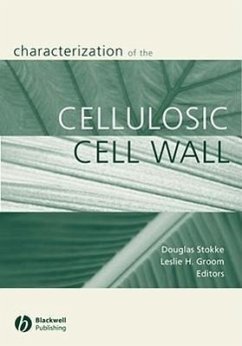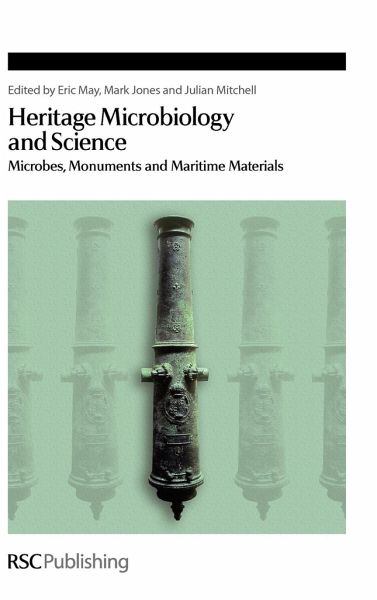
Heritage Microbiology and Science
Microbes, Monuments and Maritime Materials
Herausgeber: May, Eric; Mitchell, Julian; Jones, Mark
Versandkostenfrei!
Versandfertig in über 4 Wochen
138,99 €
inkl. MwSt.

PAYBACK Punkte
69 °P sammeln!
Heritage Science is an emerging discipline and this book forms a comprehensive volume on key topical areas of this new field and discusses the threats to a wide range of heritage materials and monuments by biological and chemical agents of decay. It provides up-to-date information on subjects covering the component field of heritage microbiology, molecular and chemical analytical techniques, and the mechanisms of degradation and deterioration of historic ships and buildings. Extensive emphasis is placed on case studies and there is a valuable section on historic ships covering the preservation...
Heritage Science is an emerging discipline and this book forms a comprehensive volume on key topical areas of this new field and discusses the threats to a wide range of heritage materials and monuments by biological and chemical agents of decay. It provides up-to-date information on subjects covering the component field of heritage microbiology, molecular and chemical analytical techniques, and the mechanisms of degradation and deterioration of historic ships and buildings. Extensive emphasis is placed on case studies and there is a valuable section on historic ships covering the preservation of HMS Victory, SS Great Britain, Vasa and the Mary Rose. This book provides an indispensable guide and reference source for those working in all areas of historical conservation, biodeterioration, microbiology and materials science.





